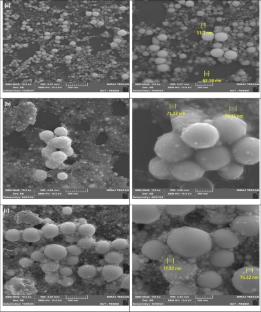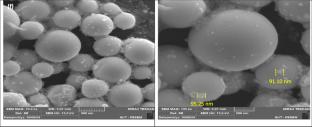An Analysis Study Employing Laser Ablation in Gold Colloidal at Different Numbers of Laser Pulses
Abstract
This study investigated the influence of laser pulse count on the properties of Au@WO₃ core–shell nanoparticles synthesized via pulsed laser ablation in liquid (PLAL). A 1064-nm Nd:YAG laser with a fluence of 19.10 J/cm2 was employed to fabricate the nanostructures using varying numbers of laser pulses (200–1200). The optical absorption spectra revealed two distinct peaks attributed to the surface plasmon resonance of Au and the absorption edge of WO₃, with a gradual red shift in the latter. Furthermore, a corresponding decrease in the optical band gap from 3.20 to 3.00 eV was observed with increasing pulse count. Photoluminescence analysis showed enhanced emission intensity and red-shifted peaks, suggesting an increase in shell thickness and improved excitonic activity. XRD confirmed the formation of monoclinic WO₃ and embedded Au cores, while Raman spectroscopy further validated the vibrational modes of the WO₃ shell. FE-SEM and TEM imaging demonstrated an increase in both particle size and shell thickness with higher pulse counts, ranging from 51 to 95 nm. EDX analysis revealed a progressive increase in the weight percentage of tungsten and oxygen atoms, supporting the formation of a thicker WO₃ shell. Overall, the results demonstrated that laser pulse control in PLAL synthesis offered a tunable method for engineering the structural and optical properties of Au@WO₃ core–shell nanoparticles for diverse applications.



 求助内容:
求助内容: 应助结果提醒方式:
应助结果提醒方式:


